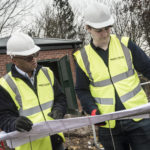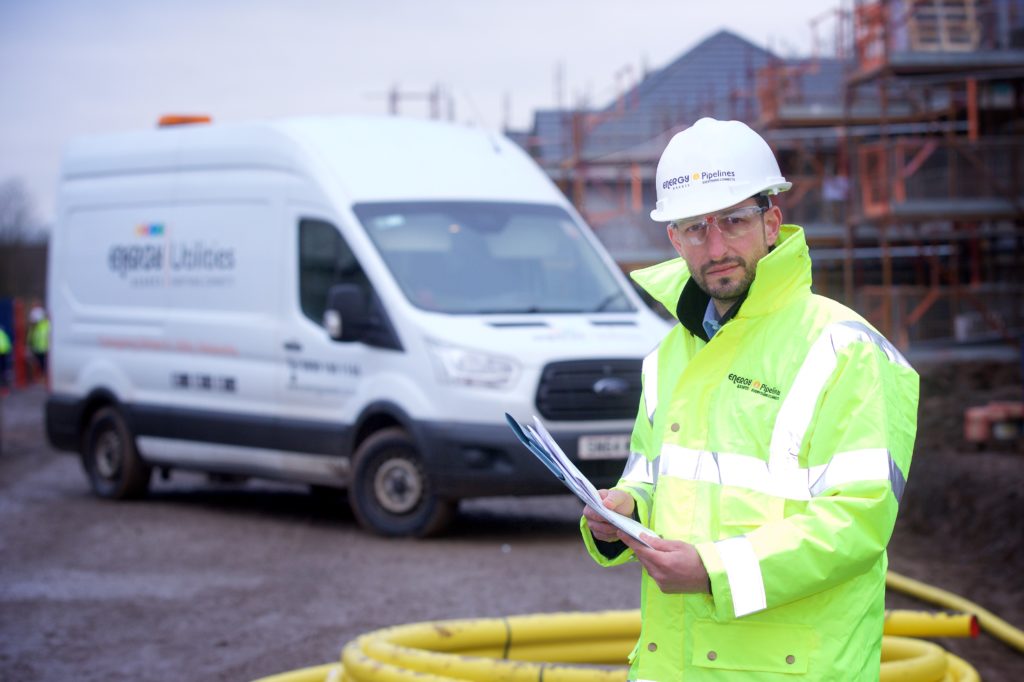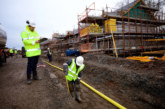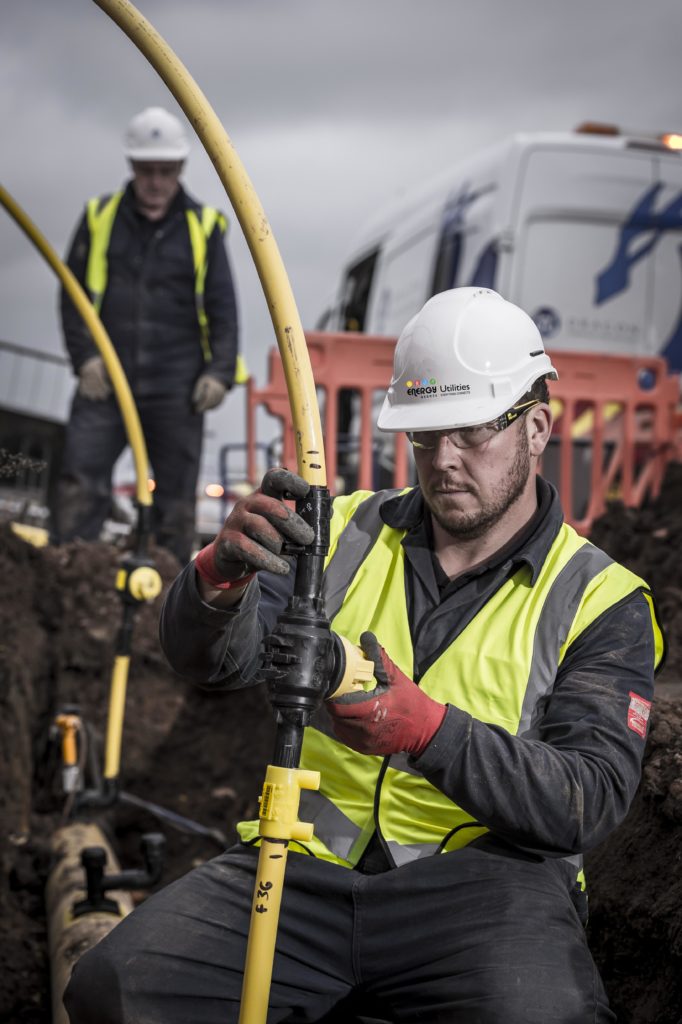 Craig Topley, Group Managing Director (Construction), at Energy Assets, explains how housebuilders can create value though multi-utility network construction and asset rebating.
Craig Topley, Group Managing Director (Construction), at Energy Assets, explains how housebuilders can create value though multi-utility network construction and asset rebating.
The government’s recent announcement on legislation that will guarantee full fibre-to-the-home connections to new-build properties may add a layer of complexity to utility design and construction, but in some ways it’s also surprising that it’s taken this long to gain traction in Whitehall.
Just about every modern work-related, leisure and household device or function is either connected to or controlled by broadband or WiFi and, if it’s not already, certainly will be in the future. From tablets, mobile phones, smart TVs and games consoles, to home office networks, heating and CCTV systems, superfast connectivity is increasingly factored into home buying decisions.
While it may not rank yet alongside schools, transport location and local services, there’s no doubt that fibre-to-the-home is increasingly on the list of buyers’ ‘must-haves’. As a result of consumer demand and government legislation, housebuilders, developers and network designers and owners will all face challenges around how best to specify and cost effectively connect an increasingly diverse range of utility services, particularly with the pace of change in technology.
Power networks
And it’s not just fibre that’s challenging the housebuilding industry. While water seems least affected by technological change, upstream at least, power networks are certain to be influenced in the future by societal change linked to carbon reduction. Notably, this involves the anticipated significant increase in electric vehicle (EV) uptake, leaving aside any complexity that may arise from local renewable energy generation and battery storage.
This dash to EV will only accelerate, driven by environmental concerns and the government’s commitment to move away from petrol and diesel powered vehicles by 2040.
At Energy Assets Utilities we are working with a number of developers, to provide a standard charging facility to all properties. This will inevitably drive an increased demand on the electricity network, which will need bigger cables, bigger transformers, bigger switchgear – and more of it.
All this brings two important factors into focus – network construction and network asset ownership. Increasingly the two are interlinked as a means of delivering utility projects on time and cost-effectively.
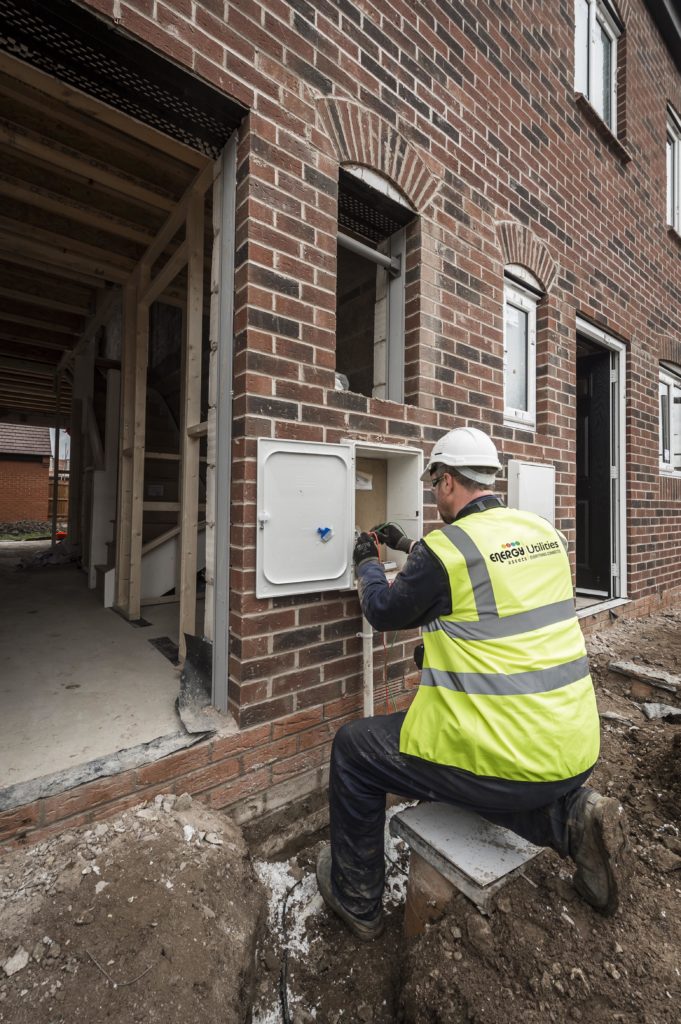 Utilities provision
Utilities provision
From a construction perspective, our experience is that developers are increasingly partnering with multi-utility civil contractors capable of providing gas, water, electric and fibre networks. It is easier to organise and manage – there is only one port-of-call, one trench to dig, and it is better from an environmental point of view. It also removes the headache of dealing with four or five different companies on a single development infrastructure scheme.
Developers are also realising the inherent value in utility assets by concluding agreements with local utility network operators – Independent Distribution Network Operators (IDNOs) and Independent Gas Transporters (IGTs). IDNOs and IGTs are responsible for maintaining the infrastructure, such as pipelines, cables and substations, and providing 24/7 network maintenance and repair cover, and earn revenue through distribution charges that are ultimately levied to end users.
Offset the cost
Generally speaking, housebuilders can offset the cost for installing utilities on a new development in two ways:
- The developer asks the nominated contractor for a quote to install utilities. The contractor then provides the construction price, taking account of any rebate available through a sale of assets to an IDNO/IGT.
- The developer can go directly to the IDNO/IGT and ask for an asset adoption agreement whereby, as and when the contractor connects a house, the network operators will make a payment to take ownership of the assets.
Our experience in operating IDNO (Energy Assets Networks) and IGT (Energy Assets Pipelines) businesses is that developers are better understanding how to optimise this model, particularly if they are cash rich, by paying construction costs upfront and recouping a larger slice of the asset value at a later date.
Each asset adoption agreement is on a development-by-development basis. For example, a 1,000 house scheme may take six years to build and the IDNO/IGT will provide a rate for, say, a two-bedroom flat and for a five-bedroom detached house. As and when these are connected, the asset value is rebated to the developer. It’s an agreement that generally will be fixed for the period of development.
Taking an ‘end-to-end’ view of network design, construction and ownership, such as that provided by Energy Assets, has the potential to facilitate project delivery on time and as cost-effectively as possible. That said, our experience is that developers don’t always make decisions based simply on cost. What they really need is an assurance that their project can be delivered by the agreed date, so they can realise value as soon as possible – because we all know that the time from land purchase through planning and onto construction and sales can be lengthy, and expensive.

